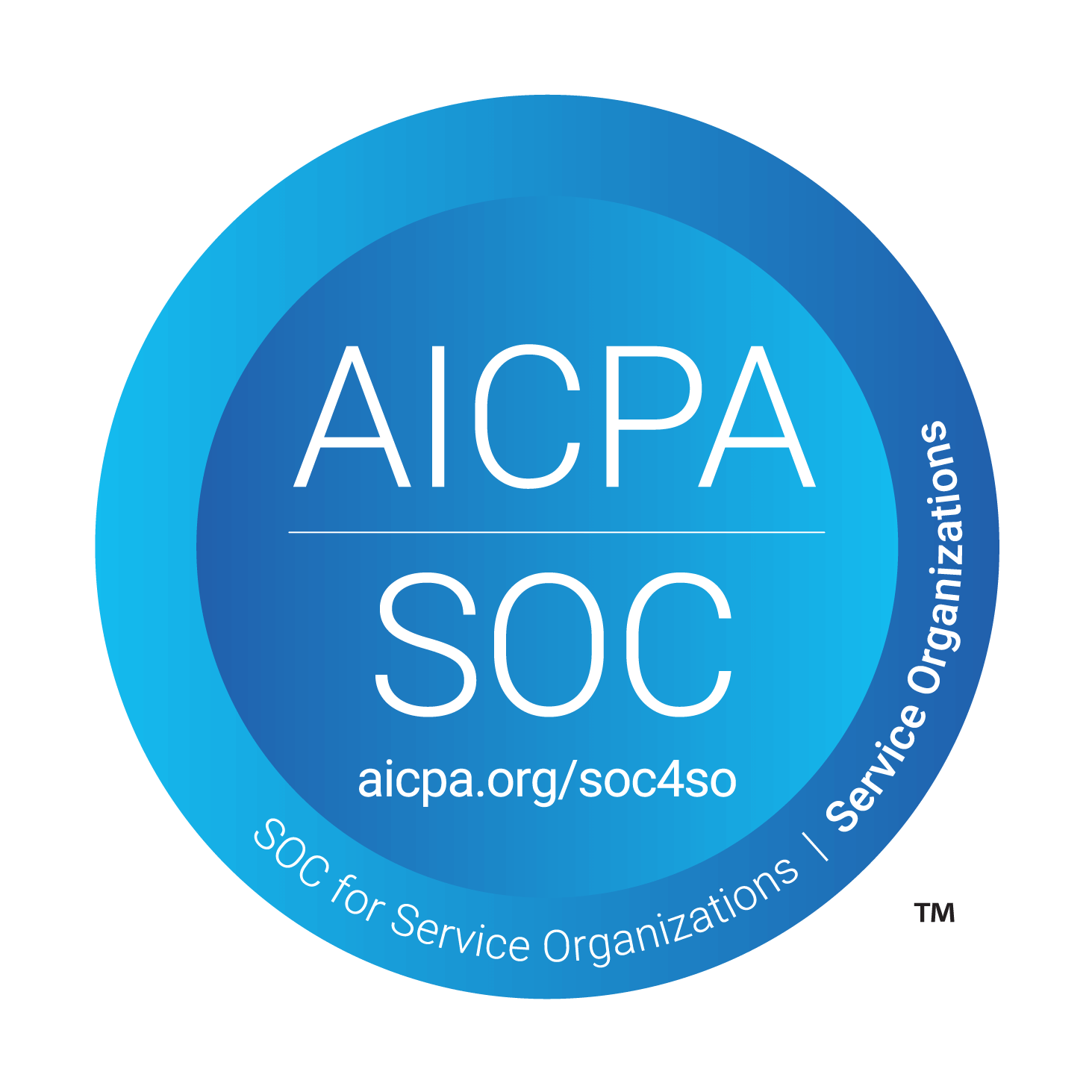In our previous article, we covered the basics of the O-1A visa and introduced the two qualification pathways. Since most applicants don't have a major internationally recognized award like a Nobel Prize, the majority pursue qualification through the criteria-based pathway. This article focuses on that approach: understanding the eight criteria, how to document evidence properly, and common application errors to avoid.
If you’re a startup founder, researcher, or accomplished professional gathering documents and wondering whether your achievements will meet USCIS’s expectations, this guide is for you. If you’re unsure where you stand, Casium offers free, detailed profile evaluation. We carefully review your background, pinpoint your strongest qualifications, and help you understand how your achievements align with the O-1A requirements. Click the link to get your free profile evaluation.
The Criteria-Based Approach
According to USCIS regulations, if you don't have a major internationally recognized award, you must provide evidence that you meet at least three out of eight specific criteria. However, meeting three criteria is only the initial threshold. USCIS will then evaluate all evidence to determine whether it demonstrates "extraordinary ability", defined as "a level of expertise indicating that you are one of the small percentage who have risen to the very top of the field."
The Eight O-1A Criteria
Criteria 1: Documentation of the beneficiary’s receipt of nationally or internationally recognized prizes or awards for excellence in the field of endeavor.
USCIS requires evidence of nationally or internationally recognized prizes or awards for excellence in your field. The key distinction here is that awards must be recognized beyond your local area or organization. This means the recognition should have significance in your broader professional community.
Examples that typically qualify include major professional awards from national organizations, significant prizes at international competitions, or recognition from government agencies. The award should demonstrate that expert panels or institutions have judged your work to be outstanding compared to others in your field.
To document this criterion, you'll need a copy of the award, citation, or certificate, along with evidence of the award's significance and selection process. This might include information about the awarding organization, the selection criteria, and the prestige associated with receiving the award.
Criterion 2: Documentation of the beneficiary’s membership in associations in the field for which classification is sought, which require outstanding achievements of their members, as judged by recognized national or international experts in their disciplines or fields.
This criterion focuses on memberships in associations that require outstanding achievements of their members, as judged by recognized experts. The emphasis is on selectivity. Memberships that are merit-based rather than simply available to anyone who pays dues.
Qualifying memberships typically include fellowships in professional societies or memberships that require nomination and peer review. The organization should have rigorous admission criteria based on professional accomplishments, not just seniority or fee payment.
Note: Simply working in a specific field or holding standard membership in professional groups (such as alumni associations, general industry organizations, or membership-based societies that only require fee payment) does not qualify under this criterion.
Documentation should include your membership certificate or letter, plus evidence of the organization's selective admission requirements. This helps USCIS understand why your membership demonstrates extraordinary ability rather than just professional participation.
Criterion 3: Published material in professional or major trade publications or major media about the beneficiary, relating to the beneficiary's work in the field for which classification is sought. This evidence must include the title, date, and author of such published material and any necessary translation.
USCIS looks for published material about you in professional publications, major trade publications, or mainstream media, all relating to your work. The critical requirement is that the material must be specifically about you or your work, not just a passing mention in a broader article.
Qualifying publications include articles, interviews, or features in recognized professional, major, or trade media publications where you are the primary subject. The coverage should be organic (not paid or sponsored content) and demonstrate that your work has attracted attention and recognition from the media or professional community.
Note: Social media posts, personal blog entries, company press releases, educational institution profiles, or paid promotional content do NOT qualify as evidence under this criterion.
You'll need to provide complete articles with title, date, author, and publication details. If the material is in a foreign language, certified translations are required. This documentation helps establish both the authenticity of the coverage and its significance.
Criterion 4: Evidence of the beneficiary's participation on a panel, or individually, as a judge of the work of others in the same or in an allied field of specialization for which classification is sought.
This criterion requires evidence that you have served as a judge of others' work in your field, either individually or as part of a panel. This demonstrates that your expertise is sufficiently recognized that others seek your evaluation and opinion.
Common examples include peer review for academic journals, serving on professional award committees, evaluating grant proposals, or judging industry competitions. Ensure that you were selected to evaluate the work of peers and established practitioners based on your recognized expertise. Focus on activities where you assess fellow professionals rather than students, as peer evaluation carries significantly more weight in demonstrating extraordinary ability. Reviewing manuscripts from other researchers, judging competitions among practicing professionals, or evaluating grant applications from established practitioners show that your professional community recognizes your expertise as sufficient to assess their work.
Documentation typically includes letters from organizations confirming your service and evidence of the judging opportunity's significance. This might include information about the journal's reputation, the importance of the grants you evaluated, or the prestige of the competition you judged.
Criterion 5: Evidence of the beneficiary's original scientific, scholarly, or business-related contributions of major significance in the field.
Perhaps the most challenging to document, this criterion requires evidence of original scientific, scholarly, or business-related contributions that have had major significance in your field. You need to demonstrate that your work has materially advanced your field of expertise.
This can be shown through various forms of evidence, including patents, research citations, adoption of your methods by others, or expert testimony about your work's impact. The key is demonstrating actual influence and advancement in your field, not just the completion of work, fulfillment of your job duties, or minor projects that only affect your employer and their customers.
Documentation might include patents you've received, published research showing citation records, evidence of widespread adoption of your innovations, or expert letters explaining the significance of your contributions. The goal is to show a measurable impact on your field.
Criterion 6: Evidence of the beneficiary's authorship of scholarly articles in the field, in professional journals, or other major media.
USCIS requires evidence that you have authored scholarly articles in professional journals or other major media in your field. This criterion focuses on your contribution of knowledge to your field through published work.
Qualifying publications include peer-reviewed articles in academic journals, significant pieces in industry publications, contributions to major reference works, or other scholarly works that address a learned audience. The publications should be recognized and respected within your field.
You'll need copies of published articles clearly showing your authorship, along with publication details and information about the publication's standing in your field. This helps establish both that you've contributed to the body of knowledge and that your contributions appear in respected venues.
Criterion 7: Evidence that the beneficiary has been employed in a critical or essential capacity for organizations and establishments that have a distinguished reputation.
This criterion examines whether you have held leading or critical roles for organizations with distinguished reputations. You need to demonstrate both that the organization is well-regarded and that your role was significant to its operations or success.
Qualifying positions might include senior roles at recognized institutions, leadership positions at well-known companies, or critical positions where you significantly contributed to an organization's success. The focus is on roles where your expertise and leadership made a meaningful difference.
Documentation should include employment verification, detailed job descriptions, evidence of the organization's reputation, and specific information about your role's importance. This might include performance reviews, organizational charts, or letters explaining your contributions.
Criterion 8: Evidence that the beneficiary has either commanded a high salary or will command a high salary or other remuneration for services as evidenced by contracts or other reliable evidence.
The final criterion looks at whether you command a high salary or other significant remuneration relative to others in your field. This serves as market validation of your extraordinary ability – if employers are willing to pay you significantly more than typical, it suggests exceptional value.
What qualifies is compensation that is significantly above average for your profession and geographic area. This might include base salary, bonus payments,consulting fees, equity compensation, or other forms of remuneration that reflect your exceptional value.
Documentation typically includes employment contracts, pay statements, or offer letters, along with comparative salary data that shows your compensation exceeds market rates. Industry salary surveys, expert letters, or government wage data can help establish the baseline for comparison.
Understanding these eight criteria is the foundation of a successful O-1A petition, but knowing where you stand and how to present your achievements effectively can make the difference between approval and denial. At Casium, we've helped founders, engineers, researchers, and other talented individuals navigate the O-1A process with confidence, often completing their petitions within days of starting the process.
Ready to explore your O-1A options? Start with our free profile evaluation. We'll carefully analyze your background, identify your strongest qualifications, and provide you with a clear understanding of how your achievements align with O-1A requirements. Get your free profile evaluation today and take the first step toward your O-1A visa.



























.svg)
.svg)
.svg)





